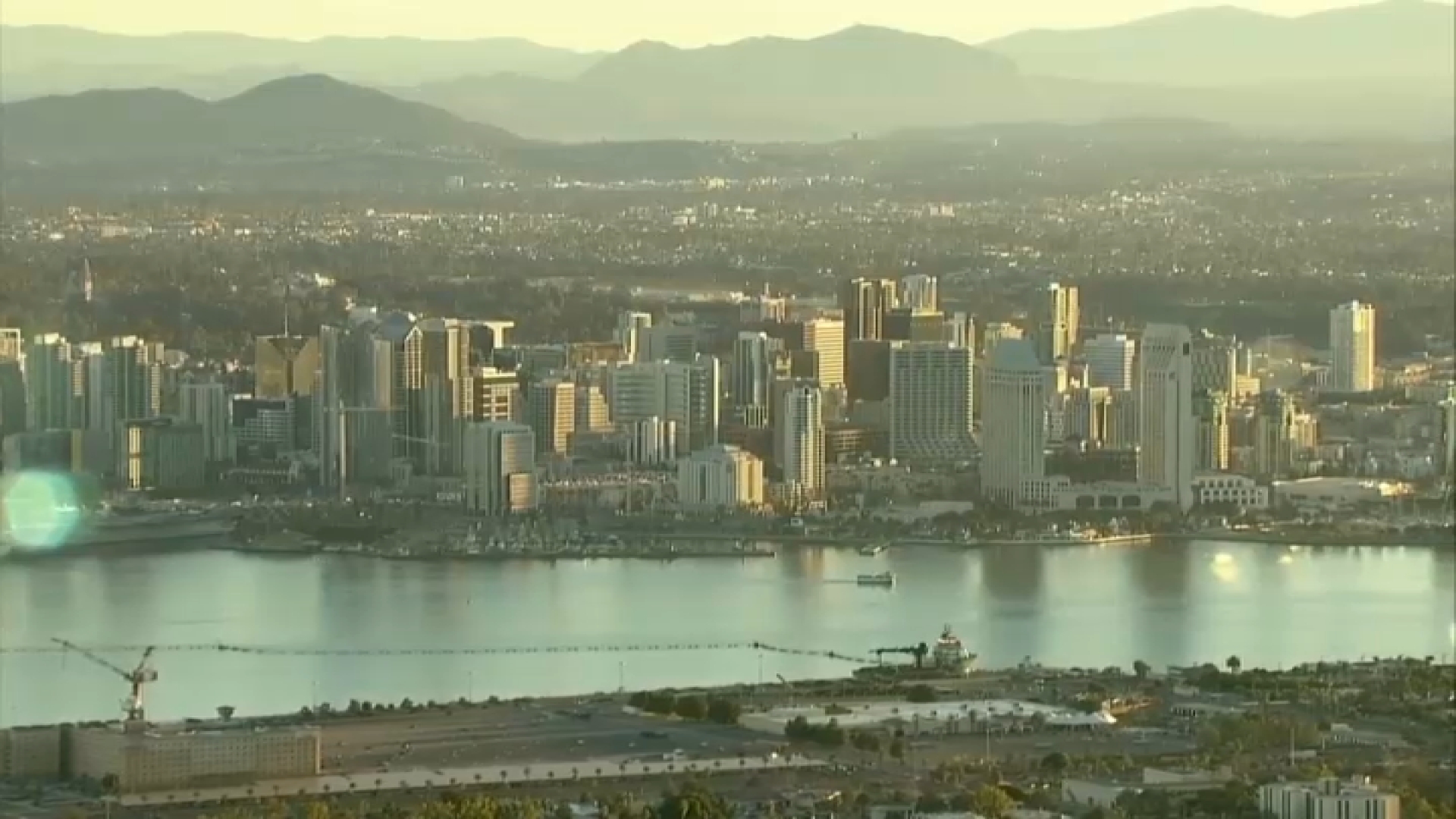California's ambitious $24 billion plan for ending the state's water wars was unveiled Wednesday, but standing in its way are unanswered questions and hurdles that will take years to surmount -- if that's even possible.
With fanfare, Gov. Jerry Brown and Interior Secretary Ken Salazar touted a massive twin-tunnel system to carry water from the Sacramento-San Joaquin River Delta to vast farmlands and thirsty cities.
The proposal also includes plans for more than 100,000 acres of floodplain and tidal marsh habitat restoration.
"This plan is essential to stopping California water wars," Salazar said about the long-running fight among competing regions for the essential resource.
OPINION: A New Water War in California?
But it seemed the plan only polarized Californians, including some of Brown's fellow Democrats.
Delta residents, environmental groups and Northern California legislators said it calls for costly construction before scientists can determine the impacts on the fragile delta ecosystem, including its imperiled fish species such as salmon and smelt.
Local
"There's an effort to push this faster than the science allows and before the facts and evidence are developed," said Rep. George Miller, D-Martinez.
During the announcement by Brown and Salazar, dozens of opponents gathered on the Capitol steps with signs reading "kill the canal" and "the tunnel will suck California dry."
Brown said the tunnels would guarantee a stable water supply for California while being able to withstand earthquakes and other environmental threats. Construction alone would cost $14 billion and would be financed by water users.
The current proposal -- two tunnels, each larger than 33 feet in diameter -- would have the capacity to divert about 67,500 gallons of water a second, a pace that would fill six Olympic-sized swimming pools every minute.
Officials said they want to build it even larger to help water move by force of gravity, reducing energy use and costs.
The tunnels would change the point of water diversion from the south end of the delta to the north end below Freeport. That could lessen the impact of giant pumps now blamed for killing massive numbers of salmon, sturgeon and other species, officials said.
Once water reaches a pumping station in Tracy, it would be ferried through existing canals to farms in the Central Valley and cities such as Los Angeles and San Diego.
Follow NBC7 for the latest news, weather, and events: iPad App | iPhone App | Android App | Facebook | Twitter | Google+ | Instagram | RSS | Text Alerts | Email Alerts



